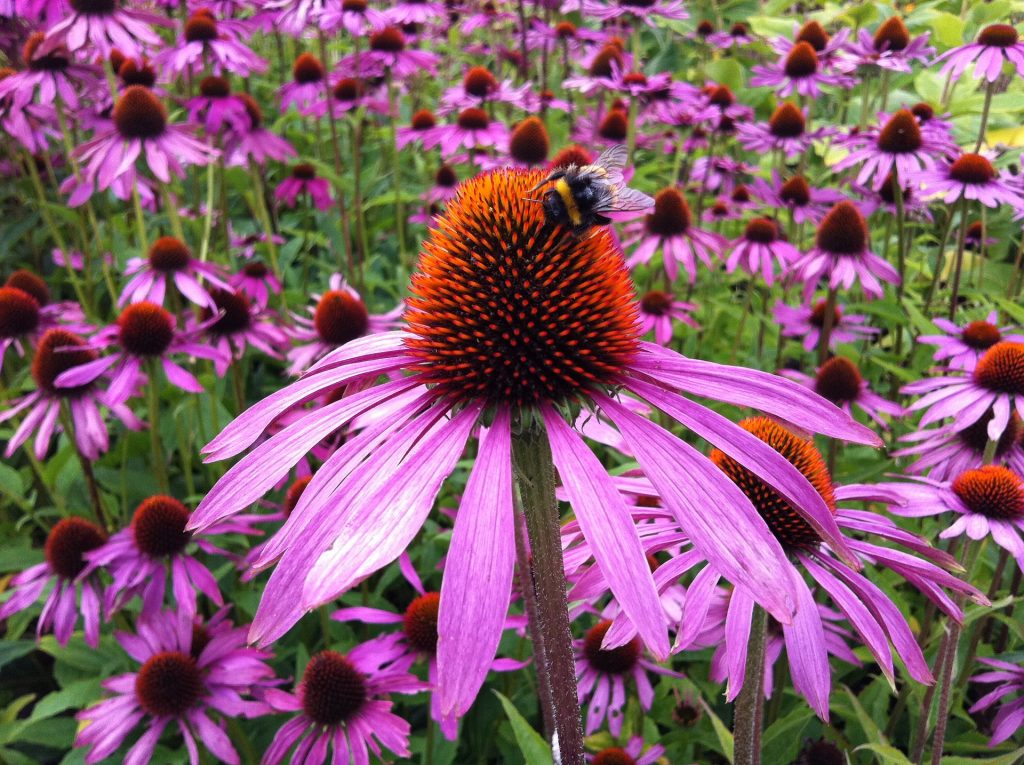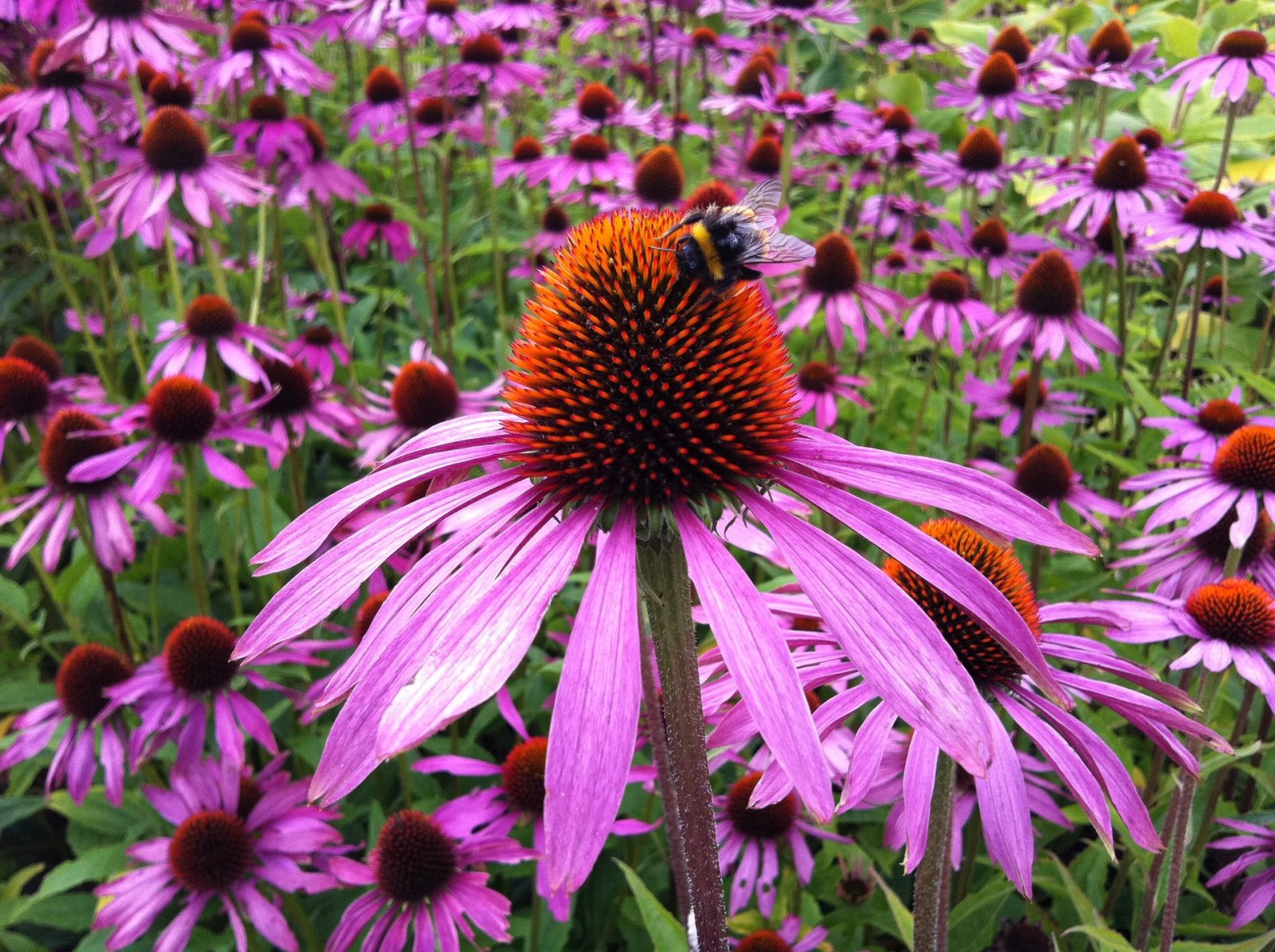Lifestyle and Dietary Recommendations
There is a tolerable limit to how much stress and toxins the body can handle. Perhaps you have allergies to pollen or certain weed/plants that come into bloom around the spring or late summer. However, it is possible to control these symptoms thought a healthy whole foods diet and elimination of possible food intolerances (foods that aggravate the body). Exposing yourself to clean air, or placing high-efficiency filters within your living space is another very beneficial change that you can make to decrease symptoms.
Allergies (with symptoms such as sneezing and red, itchy eyes) are a result of physiological and biochemical interactions with the surrounding environment in all its forms. The body’s immune system has a cut off for how much it can handle. Without proper maintenance and cleansing, it will overload, shut down and explode in a series of flares which are often illustrated in the form of allergic symptoms (a runny nose, eczema, red eyes, itchy skin, etc.). These allergic symptoms often are the result of multiple stressors and biochemical reactions. When a diet is relatively clean, the stress level is low, and the eliminative functions are working far better allergy symptoms do not show up as regularly if at all.
Many foods may be attributed to these symptoms, therefore the easiest thing t do is to eliminate all milk, sugar and wheat products. The difference will be felt and the body will overall have less stress. Moving towards animal products from pasture-raised and finished farms is also very beneficial as these meats will be more alkaline. The consumption of more vegetables, primarily greens, raw whole foods, organic and local whenever possible. Eliminate all refined foods, anything that comes from a box and makes sure that the diet is mixed up and the same foods are not consumed every day. Keeping a food diary and recording how one feels after consuming certain foods is wise.
Taking weekend trips up north into the country for a hike to breathe in the fresh air, taking the dog for a walk by the lake, as well as planning a trip to the ocean side around mid-August can assist in alleviating symptoms. The additional exercise will also help.

Herbal Treatment Plan
NOSE/SNEEZING
Catarrh (a result of systemic facts and can also be involved in infections and allergies), which can be treated with several different herbs. Herbs such as Golden Seal, Elder Flower, and Eyebright, can be used to work on the mucous membrane of the nose.
If you have a very busy lifestyle it would be beneficial to incorporate inhalation of essential oils. Eucalyptus, Pine Needles and Chamomile can be used interchangeably. An Oil diffuser placed in the bedroom while you sleep or simply in a central place in your home can provide you with numerous benefits.
Herbal tea Breath Bath: To get the best effects, put three tsp full of either herb’s leaves into a basin and pour two liters of boiling water over top them. Hold your head above the basin and cover your head and the bowl with a towel so as to prevent the essential volatile oils from escaping. Breathe in through the nose, deeply for approximately ten minutes, and repeat this at least three times a day.
Instead of consuming a tincture or tea, a vapor rub can be applied externally to the chest and around the nostril area throughout the day however mainly in the night time. This anti-septic balm is full of volatile oils that will aid in alleviating the nostrils and reducing nasal congestion.
Peppermint oil 10 drops
Eucalyptus oil 15 -20 drops
Rosemary Oil 5-8 drops
Shea Butter – 3 tbsp
Beeswax – 1-2 tsp
Melt the beeswax in a double boiler over medium-low heat. Once it has melted incorporate the shea butter and the essential oils. Mix well. Once everything is nicely incorporated move the mixture into a container and let it cool. Apply topically when needed.
RED ITCHY EYES
Decreasing any inflammation will be the best option for dealing with the red itchy eyes. Herbs with anti-microbial, detoxifying, and toning actions are best. A combination of; Blue fang, Cleavers, Echinacea, Eyebright and Poke root are beneficial taken as a tea, with equal parts of each herb, and a double dose of Eyebright (1-2 tsp). Boiling water should be poured over, let too steep for between 10 to 15 minutes or until at a drinkable temperature, and should be drunk three times a day.
An external application of Eyebright as a compress will also aid in suppressing the red itchy symptoms. Much like the tea pour boiling water over one tbsp of the herb, letting it steep covered for at least 15 minutes. After which with organic wool or cotton cloth, soak and apply to the eyelids. Make sure that the soaked cloth is at a tolerable temperature. This can be repeated several times throughout the day.
Both of these procedures will also allow you to relax and do nothing. Meditation during this time would be beneficial as it will assist in decreasing pent up stress and will further the body’s healing process.

Amanda Filipowicz is a certified nutritional practitioner (CNP) with a bachelor in environmental studies (BES) from York University. She also has certification in clinical detoxification, prenatal and postnatal care as well as nutrition for mental health. She has been working as a nutritionist since 2013 and is a lifelong proponent of eating healthy.

